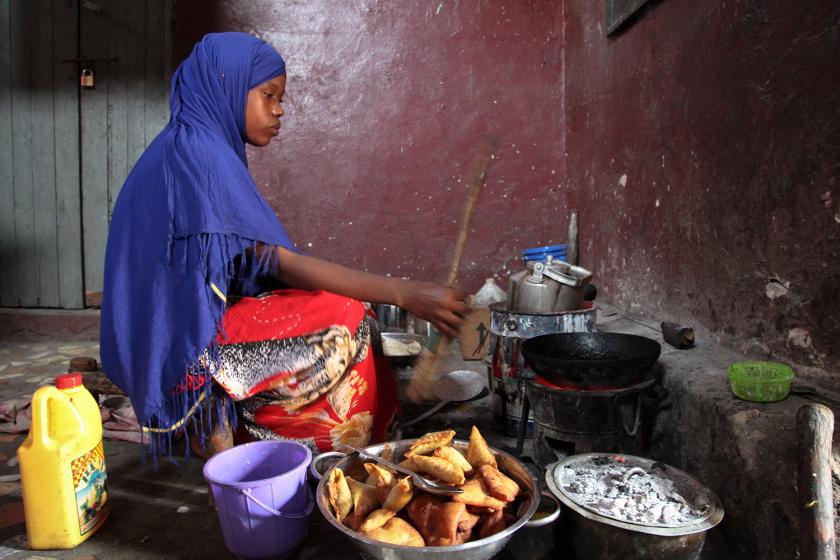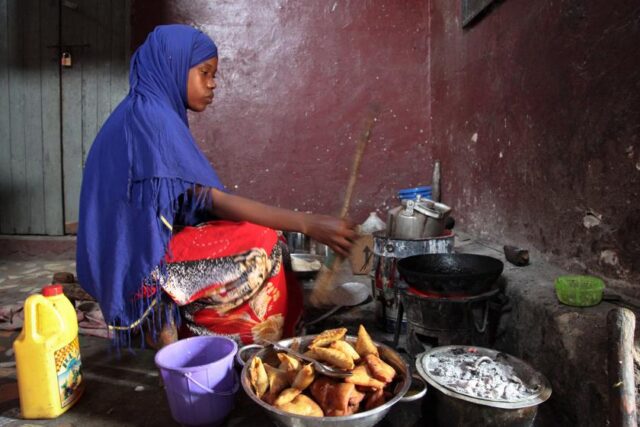Garowe-(Puntland Mirror) A new study has found that most Somali households are exposed to high levels of indoor smoke, posing serious health risks across the country.
The research published titled Smoke exposure risk among Somali households: prevalence, determinants, and regional disparities by BMC, analyzed 15,823 households using data from the 2020 Somali Demographic and Health Survey (SDHS), examining household characteristics, cooking practices, and the factors driving smoke exposure.
The findings show that 60 percent of households face high smoke exposure risk (SER), while 36 percent are at medium risk. Only a small fraction around 3 percent reported low risk. Researchers say the high exposure is largely linked to the use of traditional cooking fuels such as wood and charcoal, often used indoors, combined with limited access to cleaner cooking technologies.
Regional differences were significant. Banadir had the highest proportion of high-risk households, with nearly nine out of ten affected. Awdal, Woqooyi Galbeed, Togdheer, Middle Shabelle, and Gedo also recorded high exposure in over two-thirds of households. In contrast, regions such as Sool, Galgaduud, Hiraan, and Bakool showed medium exposure as the most common risk category, while Sanaag, Bari, Mudug, and Lower Juba had a more balanced distribution.
Sociodemographic factors were closely linked to smoke exposure. Most households were male-headed, large, and economically disadvantaged. About two-thirds of household heads had no formal education, and only a quarter of families regularly accessed media, limiting awareness about the dangers of indoor smoke. Large households and poverty were found to increase the likelihood of high smoke exposure.
Interestingly, nomadic households were significantly less exposed to smoke than urban or rural families. Researchers suggest that lifestyle, cooking outdoors, and smaller indoor fuel use may explain the lower risk among nomadic populations.
The study’s authors warn that indoor smoke exposure remains a serious public health challenge in Somalia. They call for targeted interventions, including awareness campaigns, wider access to clean cooking technologies, and policies addressing regional disparities, to protect families from the harmful effects of indoor air pollution.
Many Somali households cannot afford clean cooking solutions. The 2022 Somalia Integrated Household Budget Survey (SIHBS) shows that 54.4 percent of the population live below the poverty line, surviving on less than $2.06 a day. Because of this, the majority of families continue to rely on traditional fuels like firewood and charcoal. The World Bank reports that about two-thirds of Somalis still use these energy sources for daily cooking, highlighting a major public health and environmental challenge.






